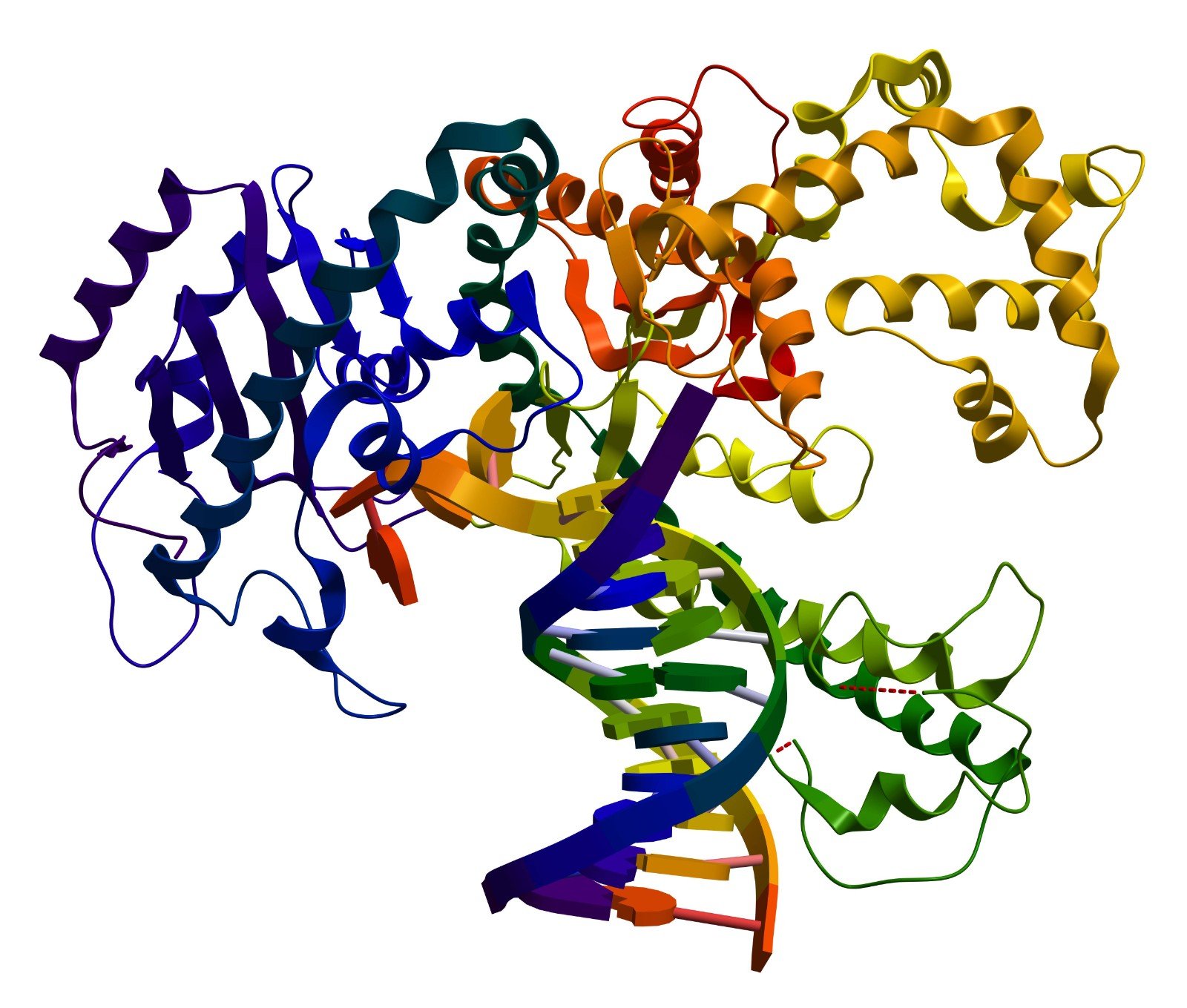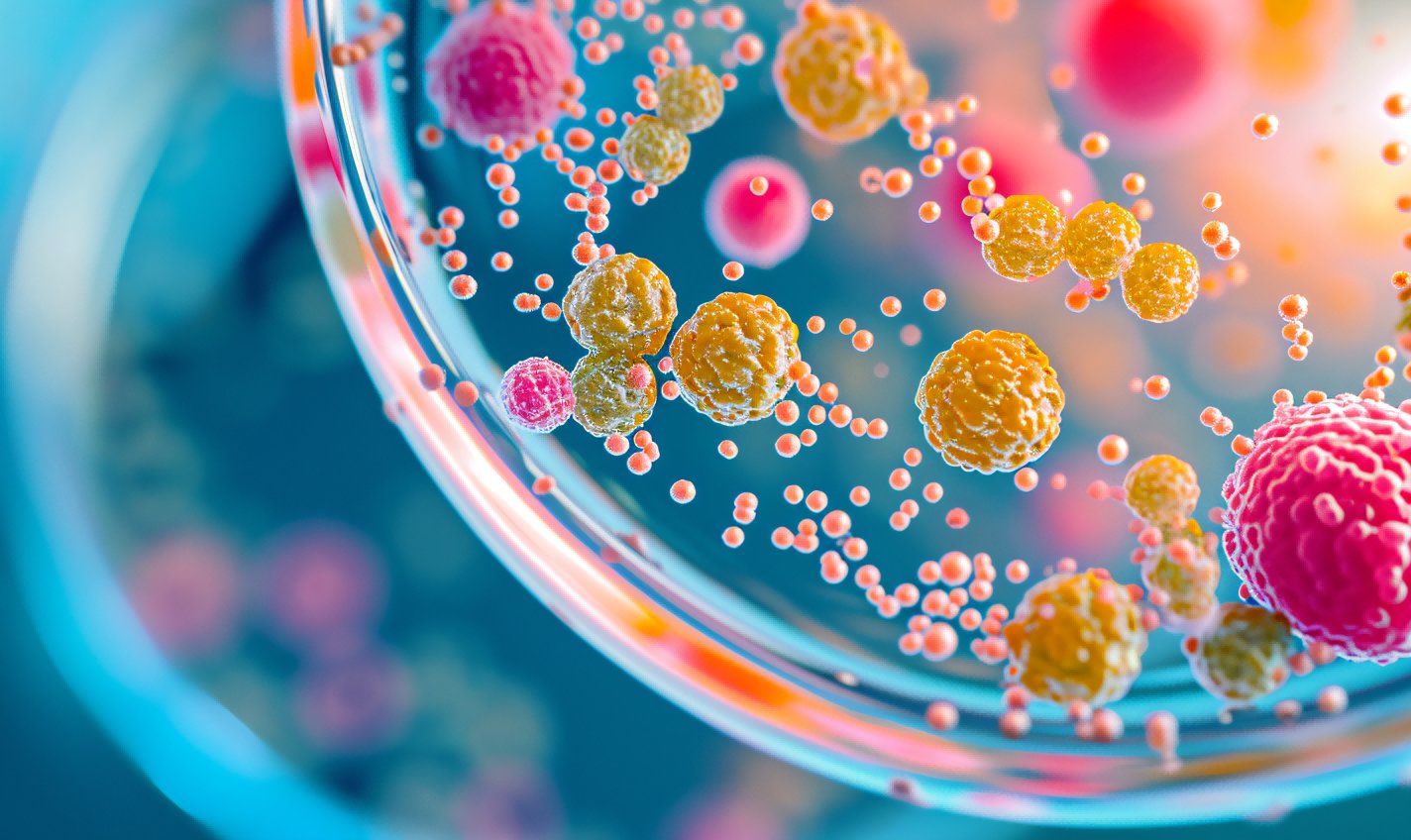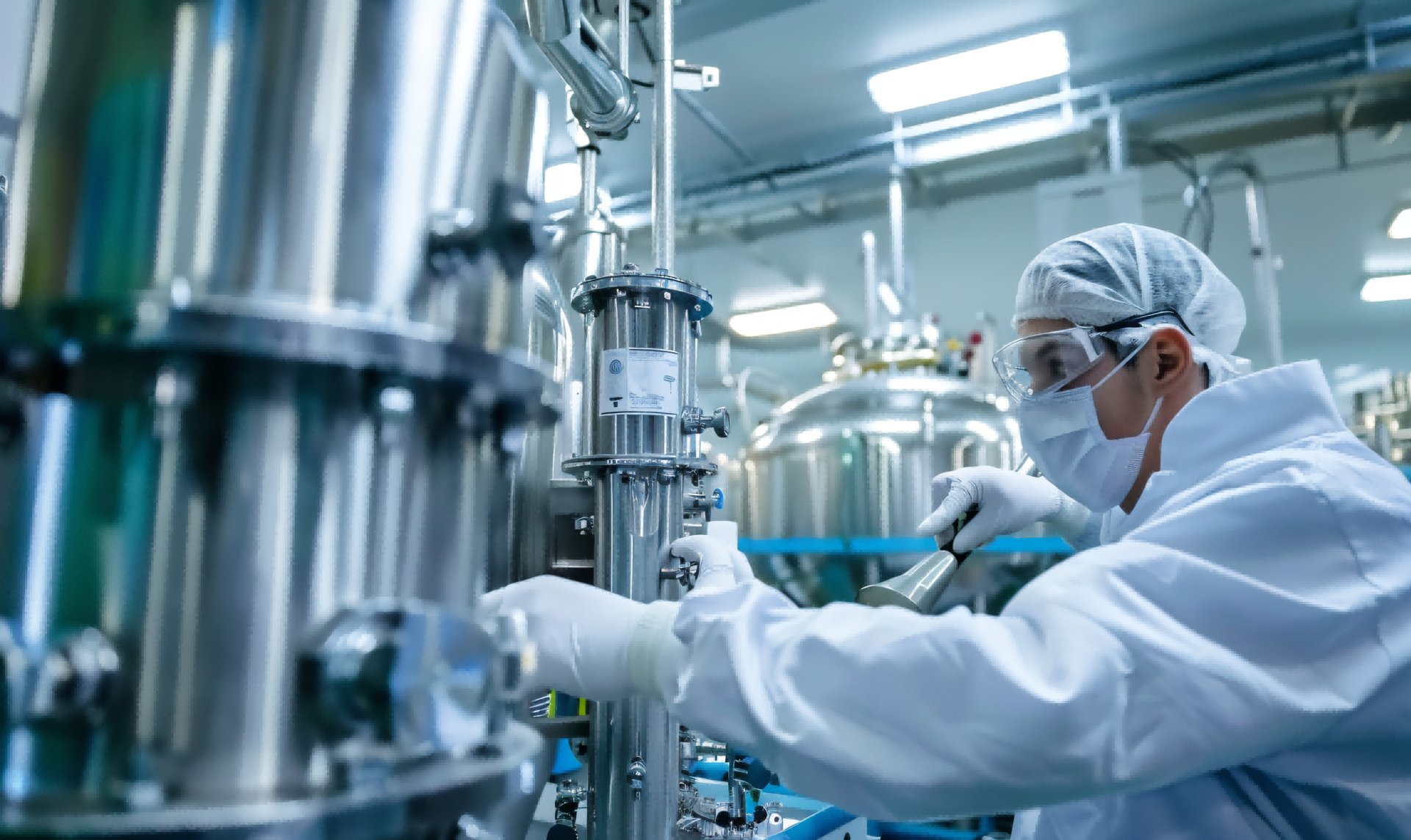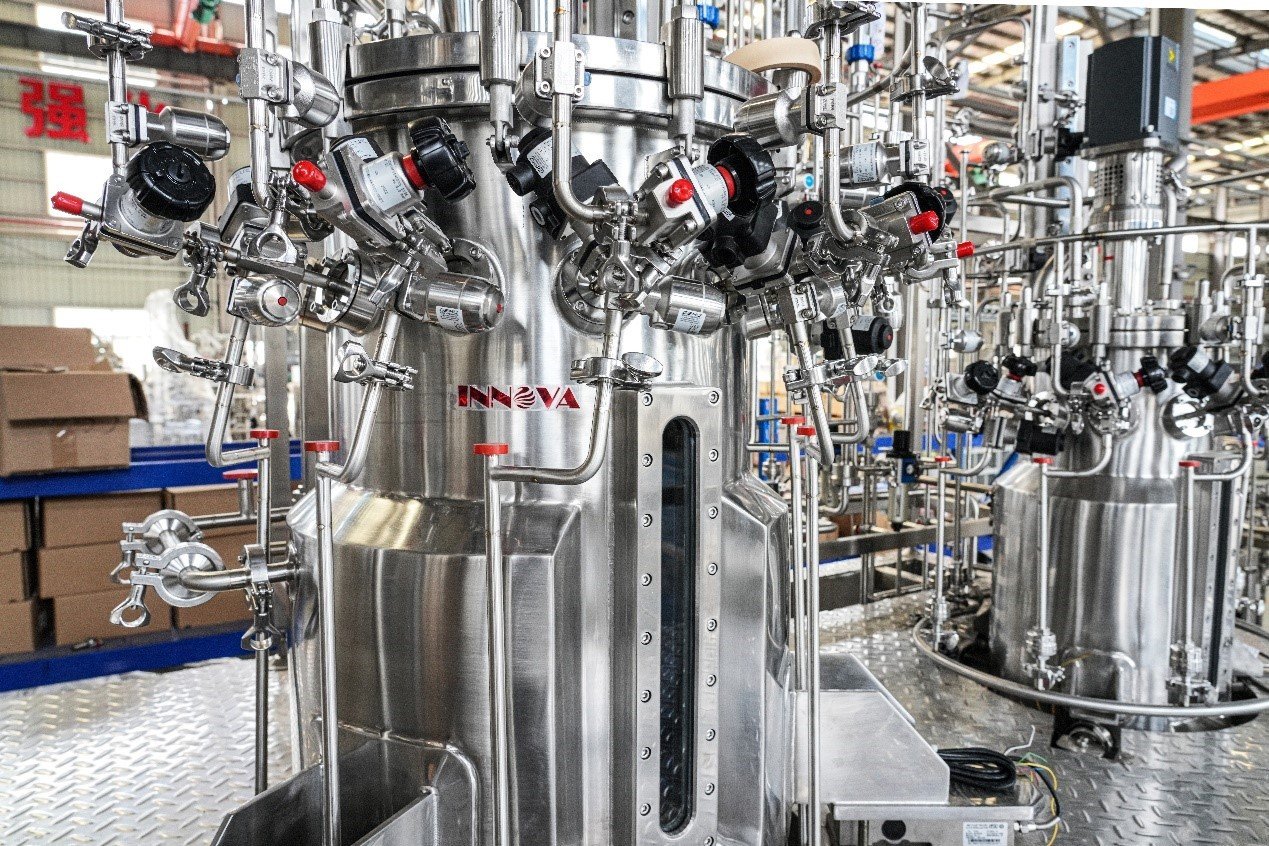Microorganisms are a class of tiny organisms, enzymes are biological catalysts, both of them are used in the production of fermentation process microorganisms and enzymes production fermentation process is the use of microorganisms and enzymes metabolism and catalytic effect, through the reasonable cultivation conditions and process control, will be converted into a substrate for the process of useful products. With the development of modern industry, the application of microorganisms and enzymes is more and more extensive, involving the food industry, pharmaceutical industry, environmental protection and other fields.

Fermentation is a process that utilizes enzymes or other metabolites produced by microbial metabolism to produce specific compounds. During fermentation, microorganisms convert substrates into target products through metabolic pathways. The basic principles of the fermentation process include substrate uptake, selection of substrate metabolic pathways, product synthesis and secretion. Substrate uptake refers to the ability of microorganisms to absorb substrates, usually through transport proteins in the cell membrane. The choice of substrate metabolic pathway depends on the metabolic properties of the microbial strain and environmental conditions. In the metabolic pathway, microorganisms convert substrates into intermediates through the action of enzymes and eventually synthesize the target product. The process of product synthesis and secretion involves the participation of several enzymes and the action of a transport system.

In order to produce the target enzyme efficiently, it is necessary to select suitable enzyme-producing strains and provide good culture conditions. When selecting strains, factors such as their enzyme yield, enzyme stability and growth rate should be considered. Culture conditions include medium composition, temperature, pH, oxygen supply and agitation. Optimization of these conditions can increase the enzyme yield and activity, thus improving the efficiency of enzyme production.
The control parameters in the fermentation process include temperature, pH, oxygen content, stirring speed, etc. The control of these parameters has an important impact on the growth and metabolism of microorganisms, and precise control is needed to optimize the fermentation process. Monitoring methods refer to the methods used to monitor various parameters in the fermentation process, and commonly used methods include the use of sensors and the application of online detection technology.

The development of fermentation processes for microbial and enzyme production is moving towards multifaceted technological trends. Firstly, optimization of fermentation based on metabolic engineering will become a key research area to improve the yield and selectivity of specific products by modifying the metabolic pathways of microbial strains. Secondly, the online monitoring and control technology of the fermentation process will be further improved to realize real-time monitoring and precise control of the fermentation process. In addition, the application of high-throughput selection and high-efficiency expression technologies will promote the development and application of novel microbial strains and enzymes.

Microbial production fermentation process is a process of production using enzymes or other metabolites produced by microbial metabolism. The process includes the screening and cultivation conditions of microorganisms, the basic principles of the fermentation process, the fermentation equipment and process flow, as well as the control parameters and monitoring methods in the fermentation process. Through reasonable screening and cultivation of microbial strains and precise control of various parameters of the fermentation process, efficient, stable and controllable fermentation production can be realized, which is widely used in the fields of medicine, food and chemical industry.




